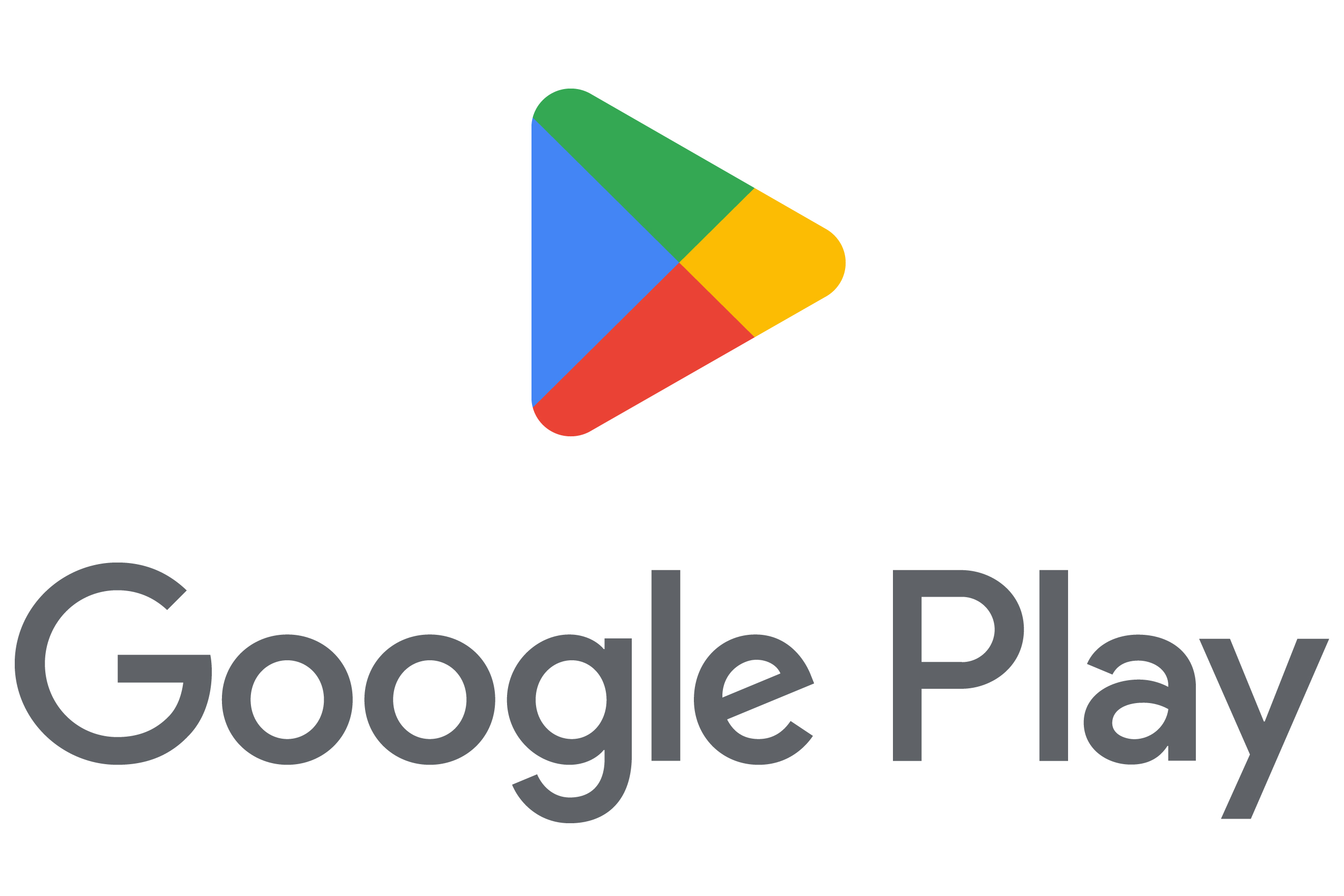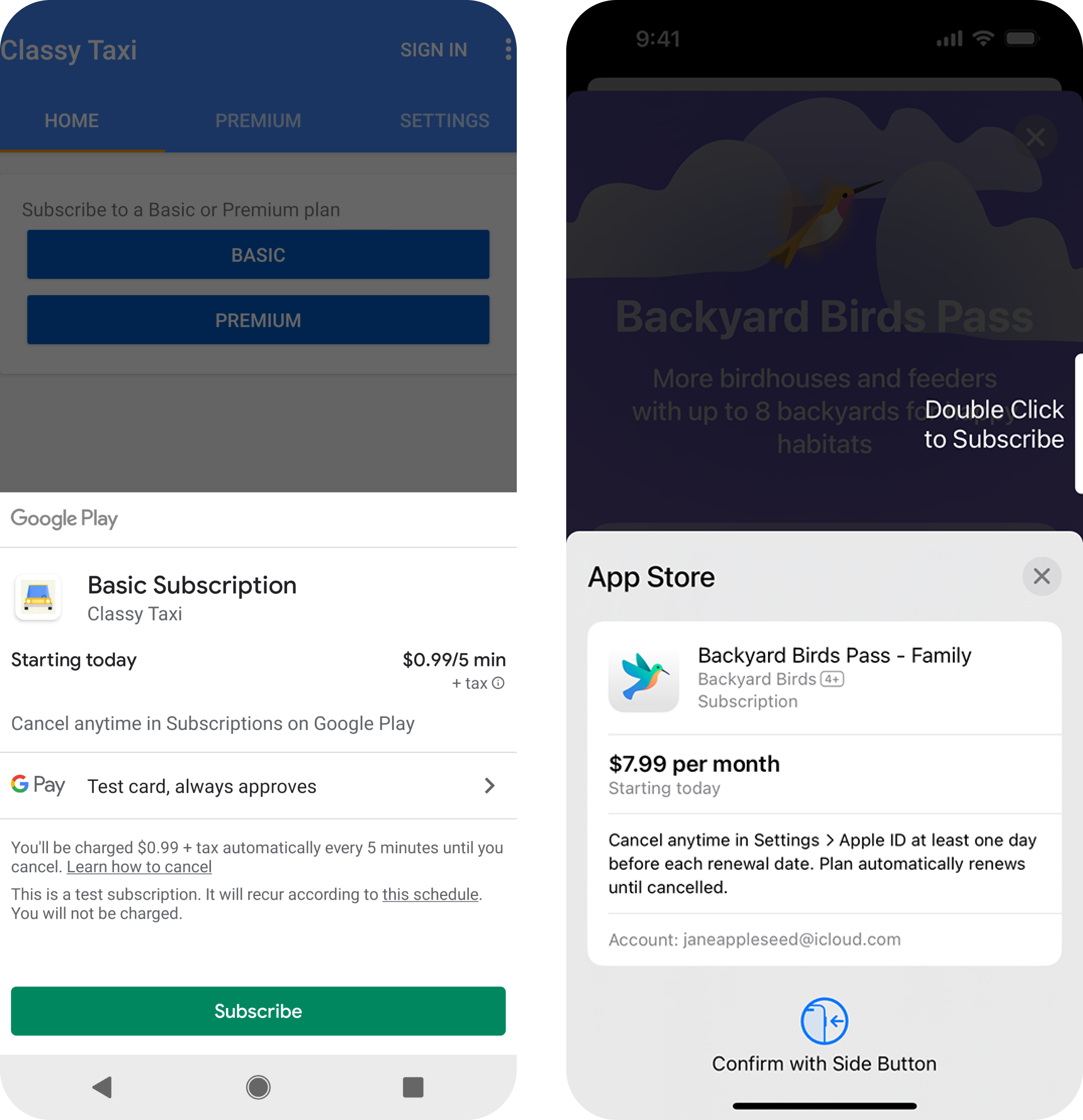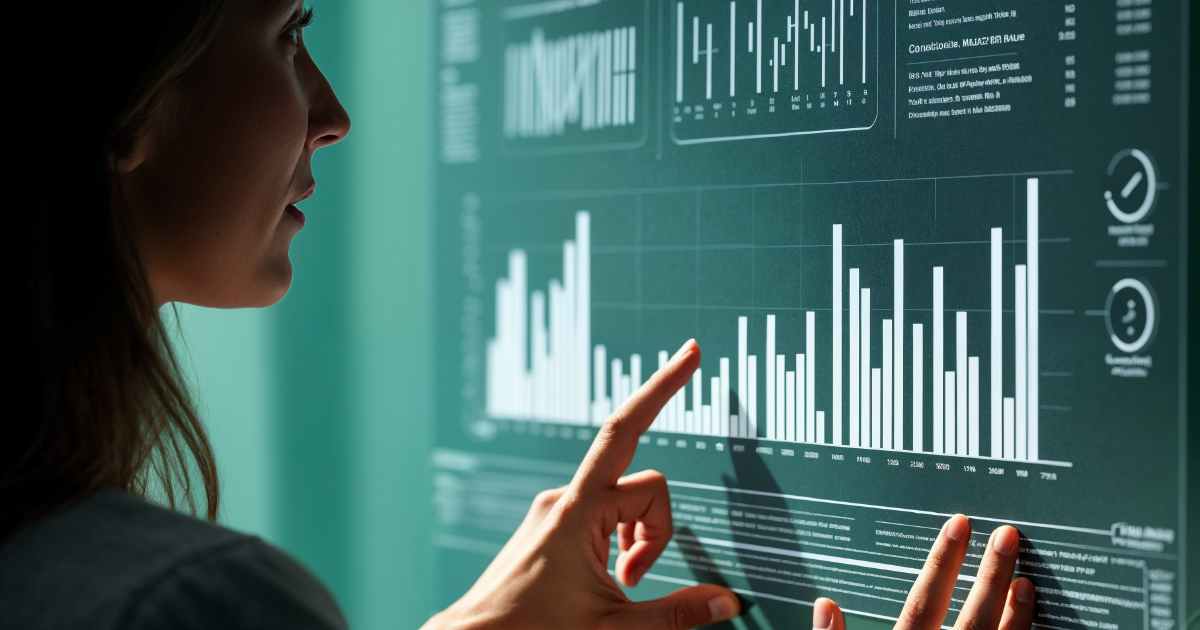1. Introduction
According to Statista, the In-App Purchase (IAP) revenue is projected to reach 192 billion US dollars in 2024. The growth of In-App Purchase revenue is expected to continue, with the total revenues hiking up to 260 billion US dollars in 2029.
In-App Purchases are projected to account for 76.4% of total app spend by 2024.
In-app purchases (IAP) have become a crucial part of app revenue strategies. Through IAP, developers can offer premium content, consumable items, or special features within the app, creating a sustainable direct revenue stream. IAP also boosts user engagement and retention, as users often return to the app to use their purchases. Platforms like Google Play Billing and Apple StoreKit ensure a smooth and secure purchasing process, from payment authentication to product delivery, making IAP an effective tool for both developers and users.
2. General Overview of In-App Purchases

2.1 Benefits of In-App Purchases (IAP)
- Direct revenue growth: IAP enables apps to offer premium content, consumable items, or special features that users can purchase within the app. This creates an additional revenue stream beyond app sales or ads.
"IAP has become one of the most effective ways to increase direct revenue for apps. Instead of relying solely on ads or paid app downloads, developers can leverage IAP to create a
continuousflow of income from users."
- Enhanced user engagement and retention: When users make IAPs, they tend to engage more with the app to make the most of their purchases. This increases retention and keeps users coming back.
"Many mobile games have successfully retained users by offering IAPs such as in-game items or virtual currency, encouraging them to stay engaged and return regularly."
- Flexibility in business models: IAP opens up different business model options for developers, from the freemium model (where users try for free before purchasing) to subscription models for recurring revenue. This helps developers optimize monetization.
"The freemium model combined with IAP allows apps to attract users by offering a free experience before converting them into paying customers, helping to scale user acquisition and boost revenue."
- Increased user value: IAP enables a personalized experience by letting users purchase additional content or features that suit their needs, enhancing satisfaction and long-term value.
"IAP not only boosts business growth but also enriches the user experience by allowing them to personalize their app use according to their preferences."
2.2 How In-App Purchases Work
- In-app purchase process: Users select a product or service they want to buy (e.g., game items, premium content, or subscriptions). The payment interface appears for the user to confirm the purchase.
"When users decide to buy an in-app item or feature, the payment system—either Google Play Billing or Apple's StoreKit—handles the transaction, ensuring secure and seamless user experience."
- Payment and transaction handling: After users confirm the purchase, Google Play Billing or StoreKit validates the transaction and processes the payment. Transactions are encrypted and sent to the server for secure processing.
"Once users confirm the purchase, the payment is processed through Google Play Billing or StoreKit, with encrypted data sent to the server, ensuring security and accuracy."
- Product validation and delivery: After the transaction is successful, your app receives a notification, allowing it to deliver the purchased content or feature immediately.
"Upon successful transaction, the app receives confirmation from Google Play Billing or StoreKit, enabling it to immediately provide the purchased content to the user."
- IAP management and control: Both Google and Apple offer tools for developers to easily manage IAPs, track transactions, handle refunds, and check transaction logs.
"Google and Apple provide robust tools for developers to manage IAPs, including tracking transactions, handling refunds, and reviewing purchase logs to ensure transparency and efficiency."
Order management in google play console
Payments and Financial Report in App Store Connect3. In-App Purchase revenue shares
- Does Apple make money from In-App Purchases?
/2020_11_23_637417631522392922_appstore-thumb.jpg)
Yes. On the Apple App Store, Apple charges a 30% fee for apps and In-App Purchases. This fee isn’t applied to free apps.
Apple charges 30% of the first year of a subscription. This then drops to 15% for the following years.
However, if you make less than 1 million US dollars with your app, you're eligible for the App Store Small business program where commissions are reduced to 15% for In-App Purchases and paid apps.
- How much money does Google take from in-app purchases?

Google charges a 30 percent cut for purchases through the Google Play Store.
For subscription products, Google charges 15 percent after users have been subscribed for a full year, similarly to Apple.
For customers who make less than 1 million US dollars, Google has a similar program to Apple where you can apply for your fees to get reduced to 15% for your first 1 million USD in sales.
- Are In-App Purchases taxed?
Google and Apple handle the required taxes according to local tax laws.
For customers in the UK and EU Member States, the app stores are responsible for charging, collecting, and remitting the VAT on sales according to the EU VAT legislation.
The users will see the tax that will be charged on the checkout screen before completing their purchase. The way the stores calculate and handle tax depends on the type of content.
Purchases are made from the developer of the app. Overall in most locations, the app developer is responsible for charging taxes according to their local VAT.
As an app developer, you will set tax categories (guides by Apple and Google) for your In-App Purchases when setting them up.
4. Conclusion
In this chapter, we explored the essential role of In-App Purchases (IAP) in driving app revenue growth, boosting user engagement, and offering flexible business models. We also reviewed how IAP works, from purchase processing to product delivery, ensuring a smooth user experience through platforms like Google Play Billing and Apple StoreKit.
In the next chapter, we'll dive deeper into practical implementation strategies for IAP, covering different deployment models and how to optimize costs for various business types.





